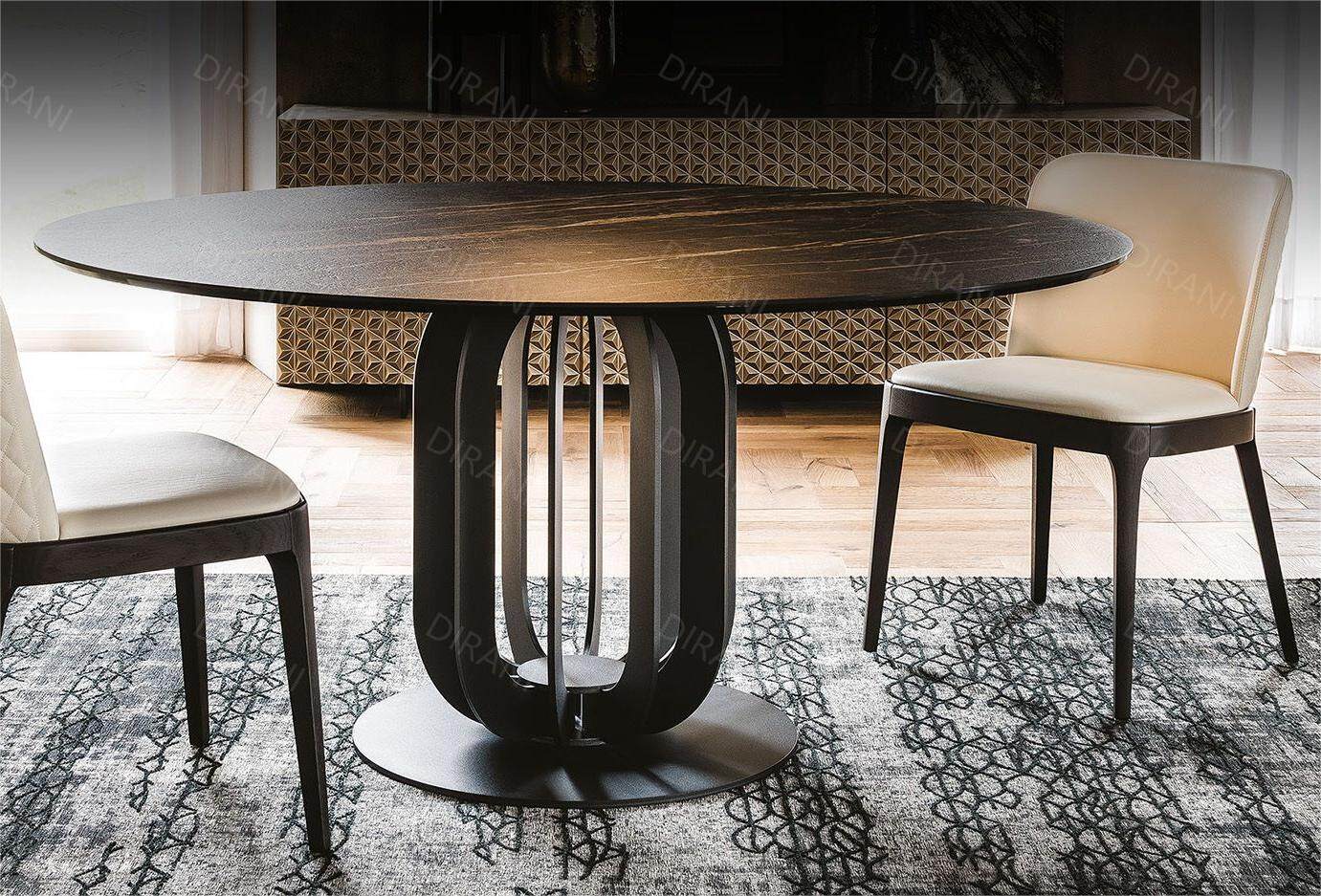

In the realm of furniture design, the interplay between past movements and contemporary aesthetics is a rich tapestry that continues to shape our living spaces. The evolution of design, particularly in the realm of coffee tables, reflects not only the changing tastes of society but also the enduring influence of historical design movements. In this article, we delve into the historical roots of postmodern design and its profound impact on the aesthetics of contemporary coffee tables. Specifically, we will examine how past design movements such as Bauhaus and Art Deco have influenced the creation of these iconic pieces of furniture. Furthermore, we will explore the intricate relationship between form and space, analyzing how the design of coffee tables interacts with the environments they inhabit.
The Bauhaus movement, born out of the aftermath of World War I, revolutionized the way we perceive design. Emphasizing simplicity, functionality, and mass production, Bauhaus principles laid the groundwork for modernist design aesthetics. These principles have permeated through the decades, leaving an indelible mark on contemporary furniture design, including coffee tables. The clean lines, geometric shapes, and minimalist sensibilities characteristic of Bauhaus design are often evident in the sleek, streamlined profiles of postmodern coffee tables. By embracing Bauhaus ideals, designers infuse their creations with a sense of timelessness and functionality, appealing to modern sensibilities while paying homage to a bygone era.
Similarly, the Art Deco movement of the early 20th century has left an enduring legacy in the world of design. Known for its opulence, glamour, and decorative exuberance, Art Deco design introduced a sense of luxury and sophistication to furniture aesthetics. This influence can be seen in the ornate detailing, lavish materials, and bold motifs that adorn many contemporary coffee tables. Whether through the use of intricate inlays, polished metals, or geometric patterns, designers draw inspiration from the Art Deco era to create coffee tables that exude elegance and grandeur.
Central to the discussion of coffee table design is the relationship between form and space. The form of a coffee table encompasses its shape, size, and structural composition, while space refers to the environment in which it resides. The interaction between these elements is crucial in determining the visual impact and functionality of the coffee table.
When considering the form of a coffee table, designers often strive for balance, proportion, and harmony. The shape of the table, whether rectangular, circular, or irregular, is carefully chosen to complement the surrounding space and furnishings. Similarly, the size of the table is dictated by considerations of usability and visual appeal, ensuring that it neither overwhelms nor underwhelms its environment. Structural elements such as legs, supports, and surface materials are meticulously crafted to enhance both form and function, resulting in a piece of furniture that is as aesthetically pleasing as it is practical.
In addition to form, the spatial dynamics of a coffee table play a crucial role in its design. The way in which the table interacts with its surroundings, including considerations of scale, proportion, and spatial flow, can significantly impact its overall impact. A well-designed coffee table should seamlessly integrate into its environment, enhancing the visual coherence and functionality of the space. Whether placed in a cozy living room, a spacious lounge, or a bustling office lobby, the coffee table serves as a focal point around which social interactions unfold and personal narratives are expressed.
In conclusion, the design of contemporary coffee tables is deeply rooted in the historical legacies of past design movements such as Bauhaus and Art Deco. By drawing inspiration from these rich traditions, designers create coffee tables that marry timeless elegance with modern sensibilities. Furthermore, the interplay between form and space is a central tenet of coffee table design, shaping the way these iconic pieces of furniture interact with their environments. As we continue to navigate the ever-changing landscape of design, it is clear that the influence of history will continue to inform and inspire the creation of coffee tables that are both functional works of art and enduring symbols of style and sophistication.
6-20 个字符(仅限字母加数字)
密码不一致